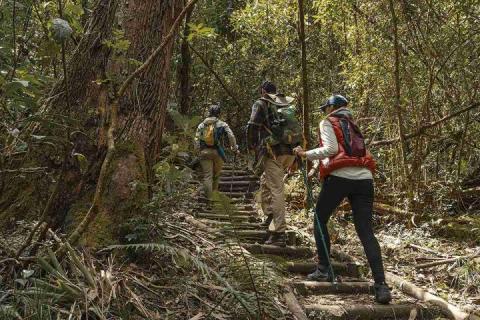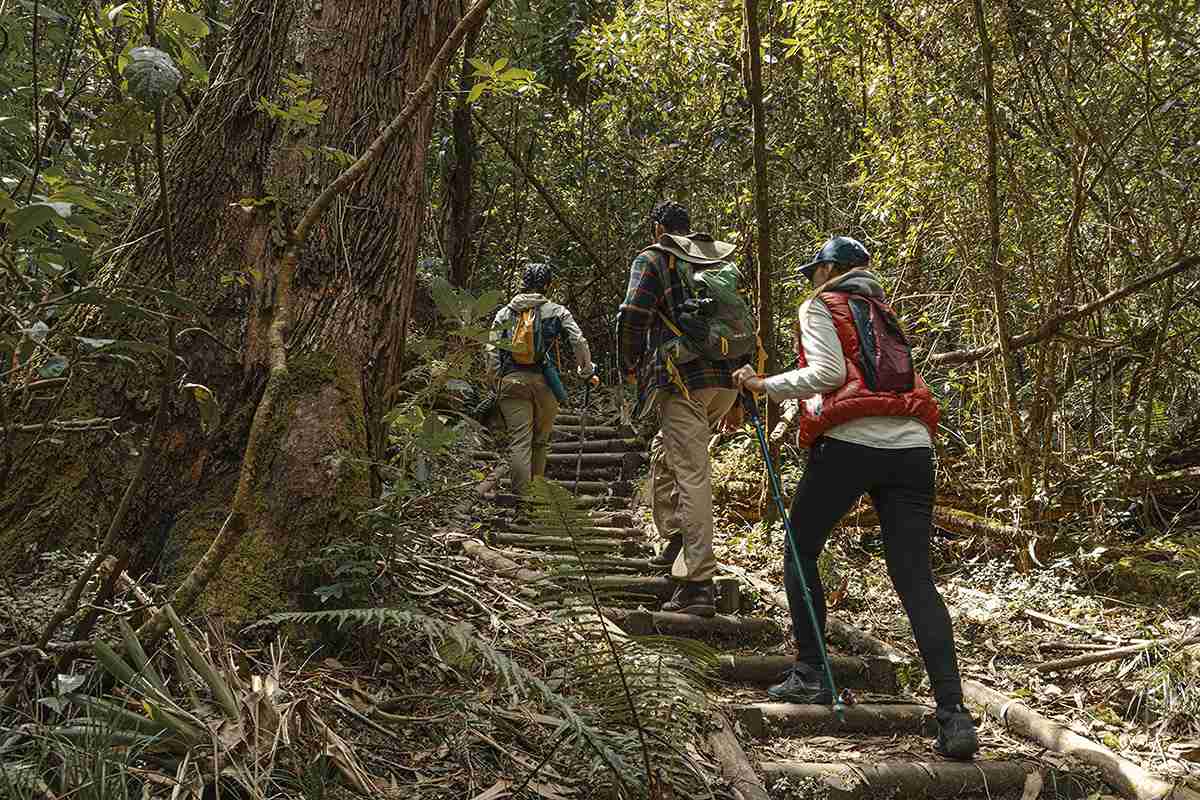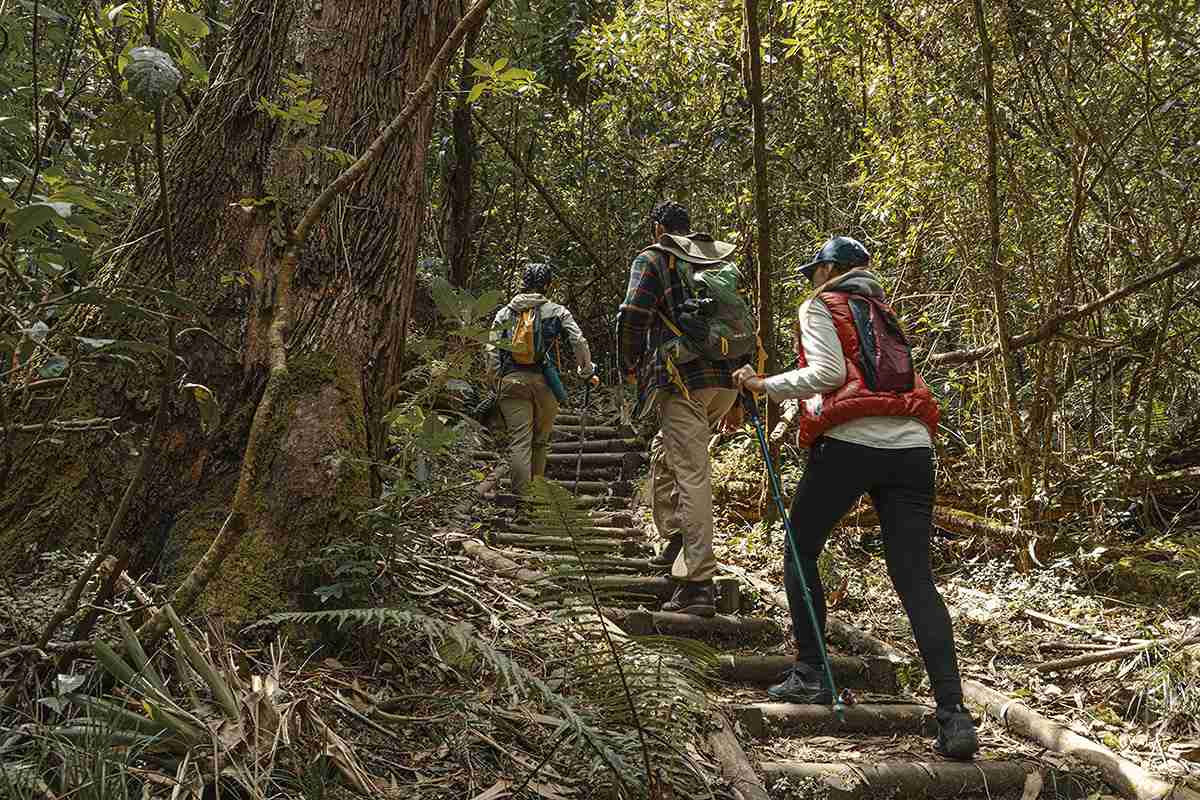
Bogotá is known for its busy city life and the richness of its rural areas. These lands, which represent more than half of the Capital District's territory, are home to a rich diversity of ecosystems, cultural traditions, and economic activities that are vital for the city's sustainable development.
The capital city has 163,000 hectares of land, and 122,000 of them are rural territory. So, we have a whole natural sanctuary that you can enjoy thanks to initiatives designed to promote sustainable development and the preservation of ecosystems. As a traveler, your visit will be essential to contribute to the progress of these areas, where the community has made an effort to transmit their ancestral knowledge from generation to generation.
The rural territory of the city is distributed in 9 of the 20 localities of the capital. However, three are home to the most significant number of peasants: Usme -with 34% of the rural population, that is, more than 17,000-; Sumapaz, with 11,600; and Ciudad Bolívar with 11,100.
Peasant for a day in Usme
Despite its proximity to the bustling urban center of the capital, Usme offers a breath of tranquility and an opportunity to reconnect with their ancestors' traditions who, since time immemorial, have cultivated the land.
The residents of this locality, situated to the south of the city, found an opportunity in tourism, and now they offer different plans for all tastes. Here, you can do ecotourism: enjoy the local gastronomy, practice birdwatching, stay in the middle of the mountains, and go camping.
How to get there?
TransMilenio: You can take any articulated bus starting with the letter H to the Usme Portal. Once there, take the feeder bus route.
Private car or cab: TGo south on Boyacá Avenue and look for the road to the Llano; it will connect you with the rural area of Usme.
How to access the tour?
Several operators in the tourism value chain work in the locality, and depending on the plan you choose, you will find the company of your choice for the experience you want to live.
However, if you are looking for ecological tourism, you can do it in the "Los Soches Agropark," which has different trails and offers food service.
The Mutar Eco Ambiental operator offers a complete bird-watching plan in the Chingaza reserve, which includes a camping area for overnight stays.
Another recommended plan is "La escuela de cultura campesina," located in Los Soches, Usme, which offers tourist packages that will allow you to be a farmer for a day and learn about the traditions and customs of rural life.

Bogotá is known for its busy city life and the richness of its rural areas. These lands, which represent more than half of the Capital District's territory, are home to a rich diversity of ecosystems, cultural traditions, and economic activities that are vital for the city's sustainable development.
